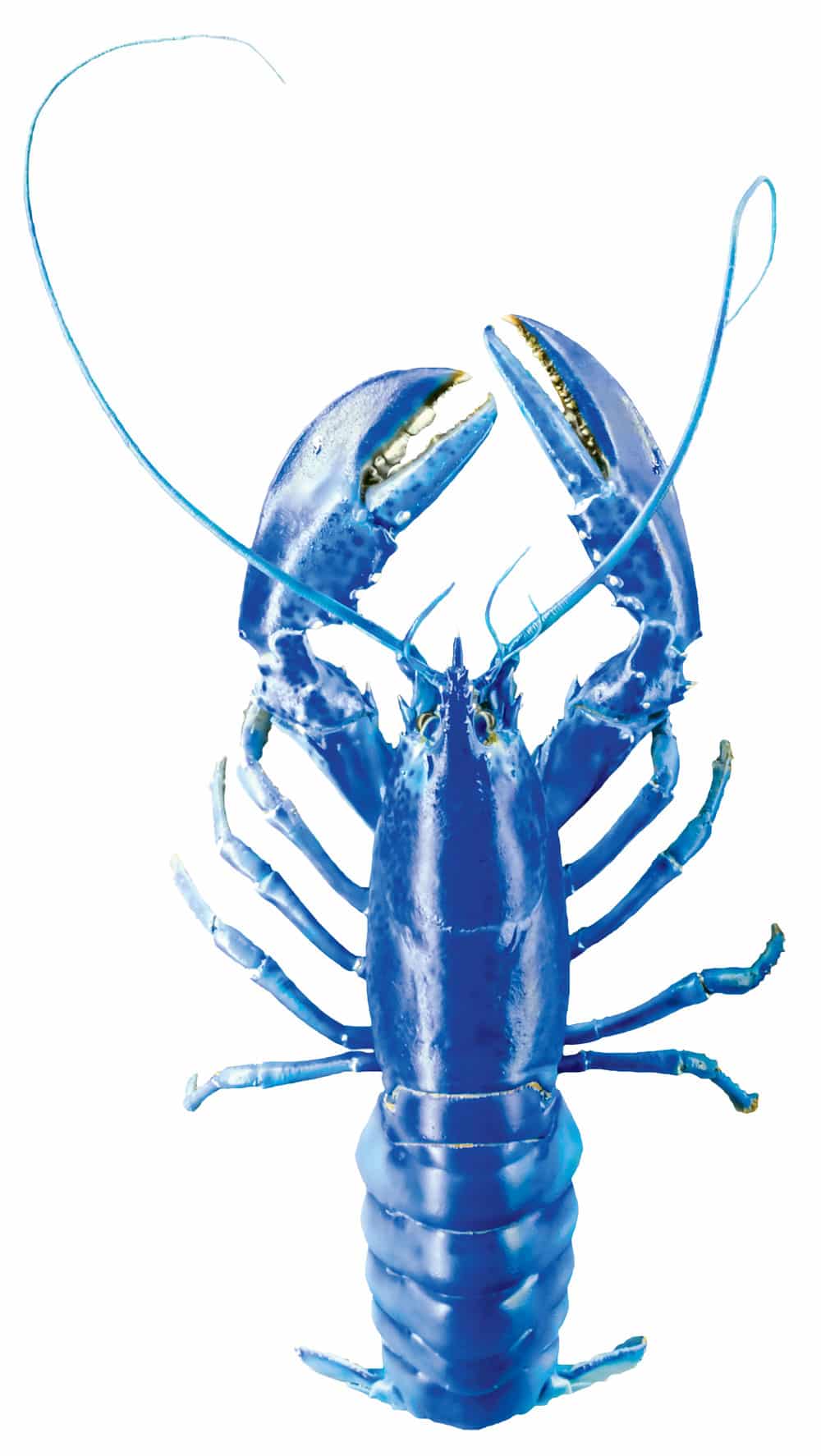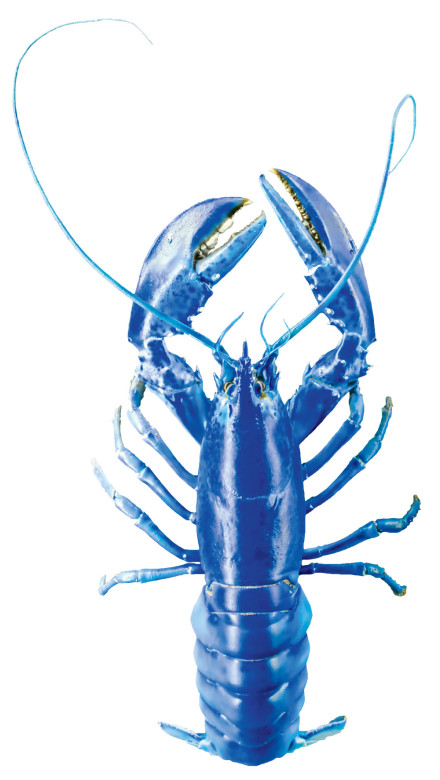History
12 Fascinating Lobster Facts
Did you know that 1 in 2 million lobsters are blue? Learn more strange but true facts about the lobster, a creature as fascinating as it is delicious.

Photo Credit : Tomekd76/iStock
SHELL SHOCKERSStrange-but-true lobster facts
- Though most lobsters are either blue-black or greenish-brown, genetic and environmental factors can create some showstopping variations. These include: blue (1 in 2 million lobsters); bright red (1 in 10 million); yellow (1 in 30 million); two-colored (1 in 50 million); and albino, aka “crystal lobsters” (1 in 100 million).
- A lobster’s brain is located in its throat, its nervous system in its abdomen, its heart on its back, its teeth in its stomach, and its kidneys in its head.
- Lobster blood is rich in copper, but it’s colorless until it is exposed to oxygen—at which point it turns blue. (And when cooked, it turns white.)
- The best way to tell the age of a lobster is to dissect it and count the rings in the eyestalk or the gastric mill (part of the stomach), much as you’d count rings in a tree stump.
- Lobsters are capable of reflex amputation, meaning that they can discard a limb to escape. They also can grow back their legs, claws, and antennae.
- Of the 10,000 or so eggs a female may release at a time, only .01 percent will survive past four weeks of life.
- A lobster typically molts, or sheds its shell, about 25 times in the first five years. After that, molting occurs annually, then once every few years, then gradually less frequently.
- Each time a lobster molts, it increases its size by about 15 percent to 20 percent.
- Lobsters often devour their own shells after they molt, which replenishes calcium and speeds the hardening of the new shell.
- A just-molted lobster is so delicate that if you lifted it from the water, its claws would likely fall off.
- Covered from head to tail with chemical receptors, lobsters can smell and/or taste across virtually every portion of their bodies.
- Lobsters pee out of their faces—specifically, from glands located right under their eyes. Squirting urine at each other is part of both lobster combat and courtship.



